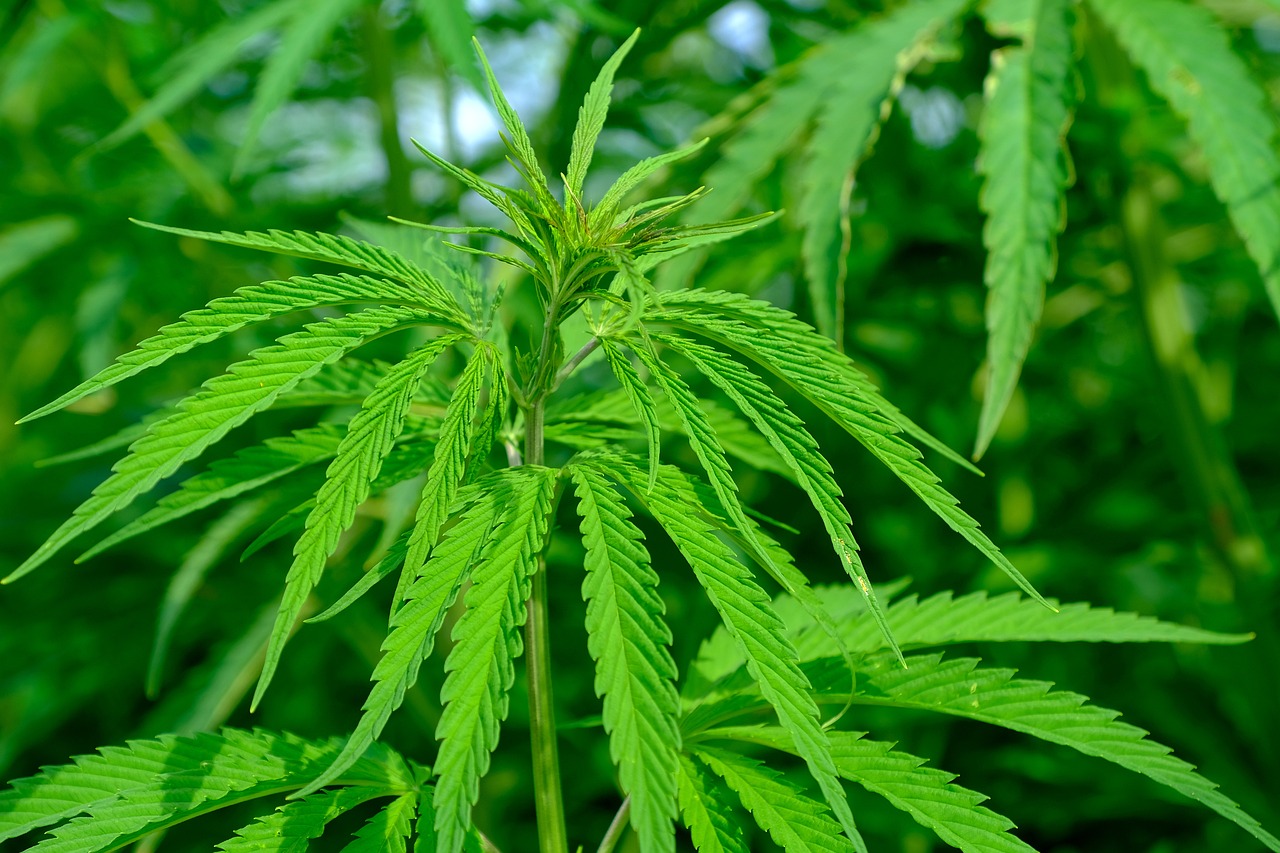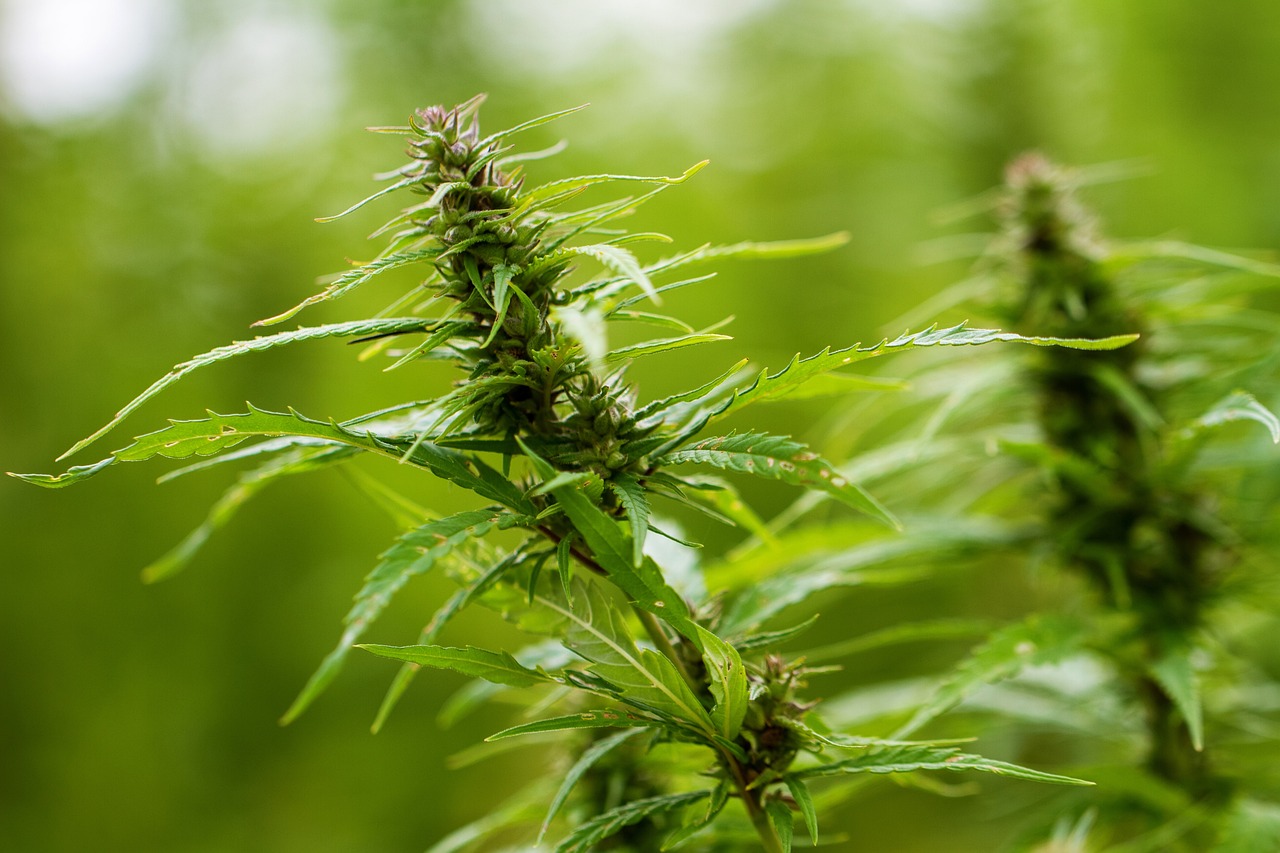Introduction
If you’ve ever explored the fascinating world of cannabis, you’ve likely come across the term terpenes. Often overshadowed by cannabinoids like THC and CBD, terpenes are vital chemical compounds that contribute significantly to the aroma and flavor profiles of cannabis. But did you know they also play a crucial role in the overall effects of various strains? In this comprehensive article, we’ll dive deep into “What You Didn’t Know About Terpenes Found in Popular THCA Flowers.”
From understanding what THCA flowers are to exploring specific terpenes found within them, we aim to provide you with a thorough understanding of these essential components. So grab your favorite strain, sit back, and let’s get started!
What is THCA Flower?
Understanding THCA: The Basics
THCA, or tetrahydrocannabinolic acid, is a non-psychoactive compound found in raw cannabis plants. While THC (tetrahydrocannabinol) is well-known for its intoxicating effects when heated or decarboxylated, THCA remains largely inactive until it undergoes this transformation. This makes THCA flower particularly appealing to those seeking therapeutic benefits without the high.
How is THCA Different from THC?
One might wonder: “Isn’t THCA just THC?” Not quite! Here’s a quick breakdown:
- Psychoactivity: THC produces psychoactive effects; THCA does not.
- Chemical Structure: They differ structurally; THCA has an additional carboxyl group.
- Legal Status: In many jurisdictions, raw cannabis with high levels of THCA may be more legally acceptable than products containing THC.
The Role of Terpenes in Cannabis
What Are Terpenes?
Terpenes are aromatic compounds produced by various plants, including cannabis. They contribute to the unique scents and flavors associated with different strains. Interestingly enough, terpenes aren’t exclusive to cannabis; they can also be found in fruits, herbs, and even some species of trees.
The Importance of Terpenes in Cannabis Culture
Terpenes do more than just make your favorite strain smell delightful. They also interact synergistically with cannabinoids through a phenomenon known as “the entourage effect.” This means that the combined effects of these compounds can lead to enhanced therapeutic outcomes.
Exploring Common Terpenes Found in Popular THCA Flowers
1. Myrcene: The Relaxing Terpene
Myrcene is one of the most prevalent terpenes found in cannabis. Known for its earthy and musky aroma reminiscent of cloves or ripe fruit, myrcene is believed to possess sedative properties.
Effects & Benefits
- May promote relaxation
- Could aid sleep
- Might enhance the psychoactive effects of THC
2. Limonene: The Uplifting Citrus Terpene
Limonene infuses strains with a zesty citrus fragrance that many find invigorating. Beyond its pleasant aroma, limonene has been studied for its potential mood-enhancing properties.
Effects & Benefits
- Linked to anxiety relief
- May boost mood
- Potential anti-inflammatory properties
3. Pinene: The Fresh Piney Terpene
As its name suggests, pinene delivers a refreshing pine scent akin to walking through a forest after rain. This terpene is believed to have anti-inflammatory and bronchodilator effects.
Effects & Benefits
- Could help improve focus
- Might alleviate respiratory issues
- May enhance memory retention
4. Caryophyllene: The Spicy Defender
Caryophyllene stands out because it’s one of the few terpenes known to interact directly with cannabinoid receptors in our bodies. It has a spicy scent reminiscent of black pepper and cloves.
Effects & Benefits
- Potential anti-inflammatory benefits
- May help alleviate chronic pain
- Could serve as an anxiety reliever
5. Terpinolene: The Exotic Herbal Terpene
Terpinolene offers an intriguing mix of floral and herbal aromas that set it apart from other terpenes. It’s often found alongside other terpenes in hybrid strains.
Effects & Benefits
- Believed to be an antioxidant
- May have sedative properties
- Possibly contributes to overall strain complexity
6. Ocimene: The Sweet Fruity Terpene
Ocimene brings sweet and citrusy notes that many users find delightful. This terpene is considered uplifting and energizing.
Effects & Benefits
- Potential antifungal properties
- May enhance mood
- Could act as an energizer
What You Didn’t Know About Terpenes Found in Popular THCA Flowers
While most users are familiar with cannabinoids like THC and CBD, fewer people understand how terpenes influence their overall experience with cannabis products such as THCA flowers. Each strain boasts its unique combination of terpenes that can significantly alter both flavor profiles and therapeutic benefits.
For example, if you’re looking for relaxation after a long day at work, selecting a high-myrcene strain could be beneficial due to its calming qualities. Conversely, if you’re seeking energy during social gatherings or creative pursuits, opting for strains rich in limonene may provide that much-needed upliftment.
In essence, understanding which terpenes are present in your chosen THCA flower can empower you to tailor your experience according to your needs—be it relaxation or invigoration!
The Science Behind Terpene Profiles
How Are Terpene Profiles Determined?
Terpene profiles vary widely among different cannabis strains due to genetics and environmental factors such as soil quality, weather conditions, and cultivation methods.
Genetic Influence on Terpentine Production
Certain strains naturally produce higher concentrations of specific terpenes based on their genetic makeup.
Environmental Factors Affecting Terpine Production
Like any plant species, cannabis responds dynamically to environmental changes which may either enhance or diminish terpene production over time.
The Role of Extraction Methods on Terpentine Integrity
When processing cannabis for consumption—be it through oils or edibles—the extraction method plays a crucial role in retaining terpentine integrity:
| Extraction Method | Description | Effect on Terpenes | |————————|————————————————-|————————| | CO2 Extraction | Uses carbon dioxide under high pressure | Maintains terpiene profile | | Ethanol Extraction | Utilizes alcohol as solvent | Can alter flavors | | Hydrocarbon Extraction | Employs solvents like butane | Can strip away flavors |
Understanding how different extraction methods affect terpines can guide consumers towards products that maintain their desired flavor profiles while still offering therapeutic benefits.
FAQ Section
1. What are some common uses for THCA flowers?
THCA flowers are typically used for their potential therapeutic benefits without producing psychoactive effects associated with THC.
2. How do I select the right strain based on terpiene profiles?
Consider what effects you desire—anxiety relief might lead you toward limonene-rich strains while insomnia relief could steer you toward myrcene-heavy options.
3. Can I consume raw cannabis?
Yes! Raw cannabis can be consumed safely; however, many users choose to heat it for activating cannabinoids like THC for psychoactive effects.
4. Do terpenes have medical benefits?
Yes! Research suggests many terpenes carry therapeutic potential ranging from anti-inflammatory properties to mood enhancement capabilities.
5. Are there any risks associated with consuming THCA flowers?
THCA itself poses minimal risks; however—as with all substances—individual reactions vary so it’s advisable always to consult healthcare professionals before use if unsure about health conditions or medications interacting negatively with cannabis products.
6. How do I preserve terpiene content when using my THCA flower?
Storing your flowers properly away from light & humidity (in airtight containers) helps maintain their delicate aroma & flavor profile over time!
Conclusion
In conclusion, “What You Didn’t Know About Terpenes Found in Popular THCA Flowers” unveils an essential aspect of the cannabis experience that deserves recognition: the intricate world of terpenes! Understanding these aromatic compounds allows users not only greater enjoyment but also informed choices tailored specifically toward individual needs—whether seeking relaxation after work or energy during social gatherings! As science continues unlocking secrets behind these fascinating compounds intertwined within THCA flowers—it’s clear there’s much more waiting beyond just surface-level exploration!

